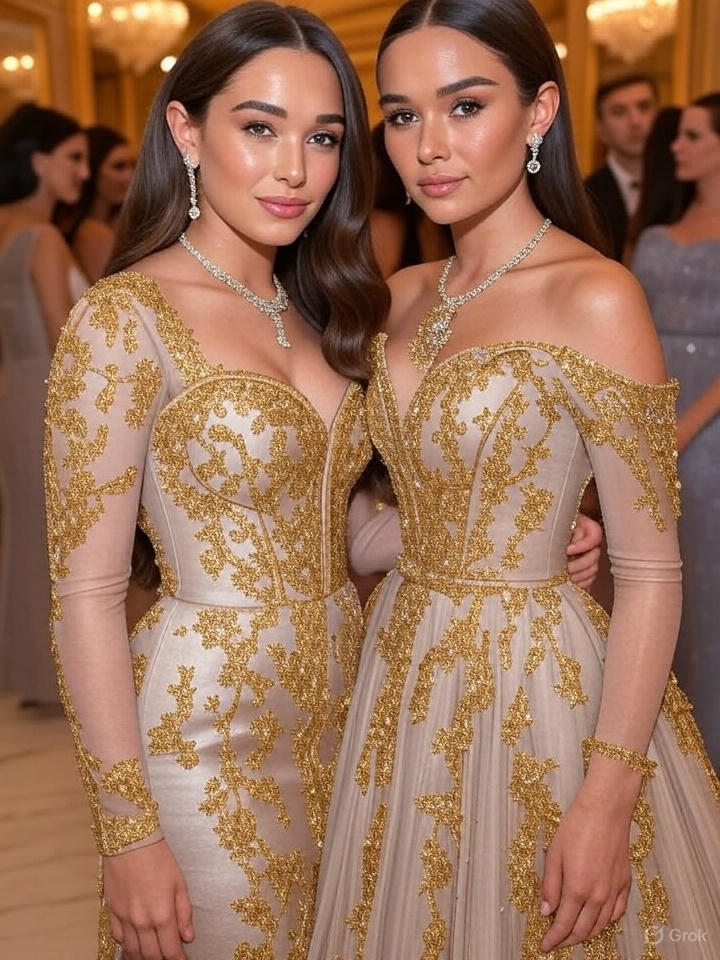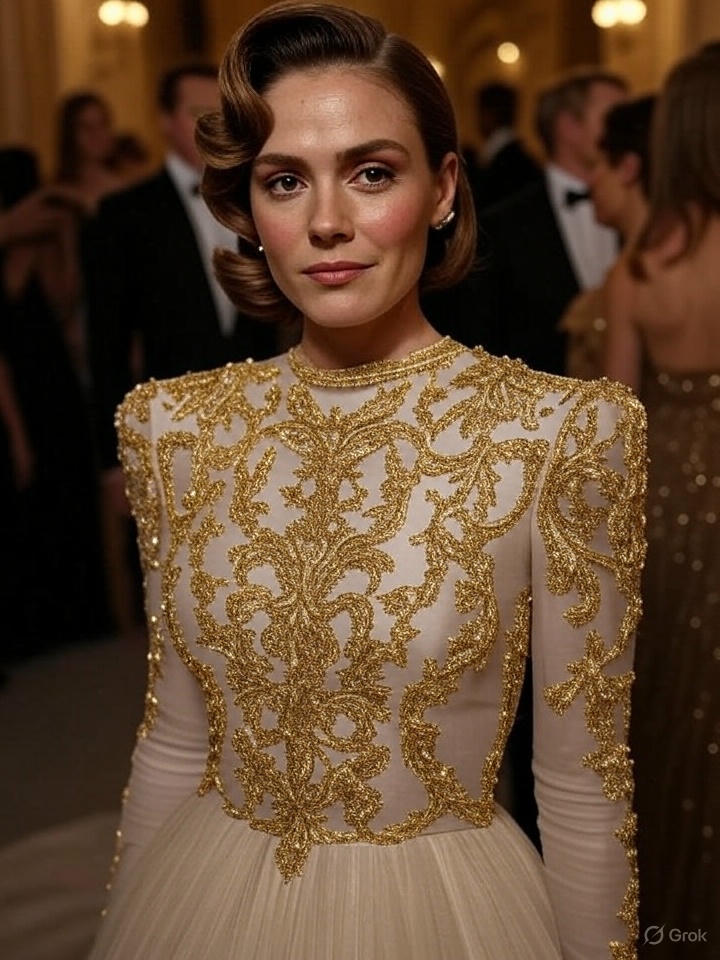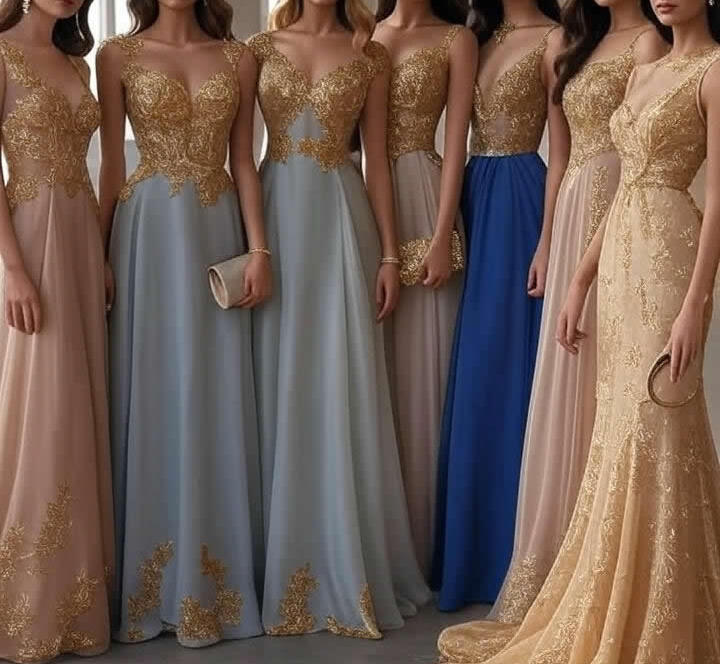Haute couture, by its nature, is the antithesis of mass production. Each dress is meticulously crafted for a single client, often taking hundreds of hours to complete, ensuring that the garment is not only unique but also built to last. The “Buy Less, Wear More” philosophy complements this by encouraging consumers to invest in fewer, higher-quality pieces that can be worn repeatedly across seasons and occasions, reducing waste and overconsumption. In the context of sustainability, this philosophy is brought to life through eco-friendly materials, ethical labor practices, and designs that prioritize versatility and timelessness.
Key Elements of Sustainable Bespoke Haute Couture
Eco-Friendly Materials
Sustainable haute couture relies on materials like organic silk, hemp, or upcycled fabrics to minimize environmental impact. For example, organic silk reduces pesticide use compared to conventional silk, while upcycled lace repurposes vintage materials, giving them new life. These choices lower the carbon footprint and support a circular fashion economy.
Ethical Craftsmanship
Unlike fast fashion, which often exploits labor, bespoke haute couture employs skilled artisans who are fairly compensated. Small ateliers, like Elise Moreau’s in Manhattan, ensure that every stitch—whether hand-sewn golden embroidery or intricate beading—is done with care, fostering a sustainable work environment.
Timeless Design for Longevity
The “Wear More” aspect is achieved through designs that transcend trends. A well-crafted haute couture dress, with classic silhouettes and neutral tones, can be worn for years, even decades, without looking dated. Versatility is key—dresses are often designed to be styled differently for various events, such as pairing with different accessories or adding a detachable train.
Minimal Waste Production
Bespoke dresses are made to order, meaning there’s no overproduction. Any fabric scraps are often repurposed into smaller accessories, like sashes or hairpieces, ensuring minimal waste. Techniques like zero-waste pattern cutting further enhance sustainability.
.


.



